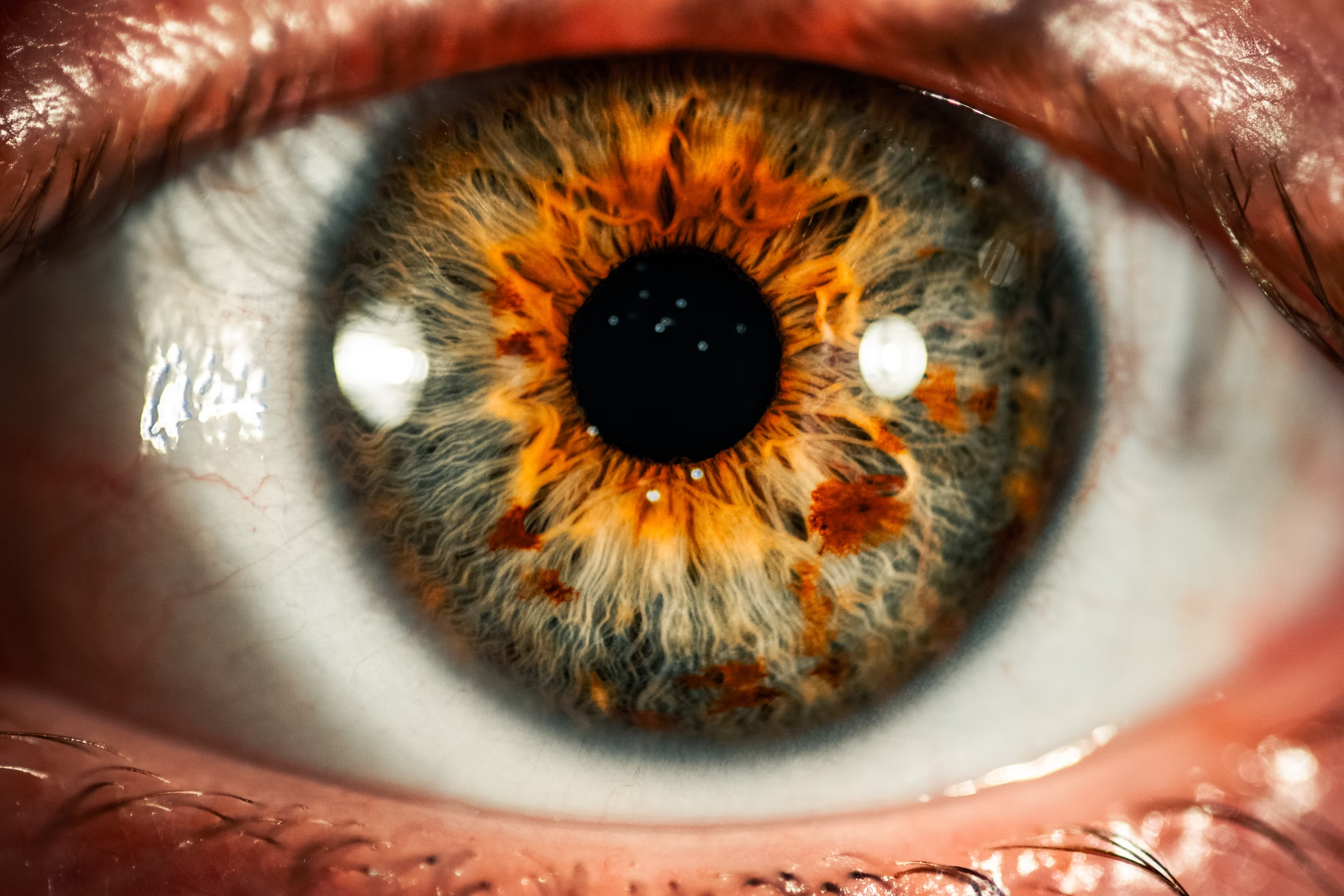
At first, it’s just a little blurriness while reading or watching TV. But over time, you begin noticing dark spots, trouble seeing at night, and even flashes of light.
This is exactly what happened to Amit, a 48-year-old accountant who had been living with diabetes for over a decade. He dismissed his occasional blurred vision as fatigue—until he was diagnosed with diabetic retinopathy.
Diabetic retinopathy is one of the leading causes of blindness among adults. The good news? It’s preventable and manageable—if detected early.
Diabetic retinopathy (DR) is a diabetes-related eye condition that occurs when high blood sugar levels damage the blood vessels in the retina.
Think of the retina as the film in a camera—it captures images and sends them to your brain. When it's damaged, vision problems begin.
This condition progresses in stages, starting with mild retinal changes and potentially leading to severe vision loss if left untreated.
Anyone with diabetes—Type 1, Type 2, or gestational—is at risk of developing diabetic retinopathy. The longer you’ve had diabetes, the higher your risk.
Other risk factors include:
Uncontrolled blood sugar levels
High blood pressure
High cholesterol
Smoking
Pregnancy (in women with diabetes)
Even if your vision seems fine, DR can develop without early symptoms—making regular eye exams absolutely essential.
Diabetic retinopathy doesn’t always show early warning signs. But as it progresses, you may notice:
Blurry vision that comes and goes
Dark spots or floaters
Difficulty seeing at night
Faded colors or poor contrast sensitivity
Flashes of light or sudden vision loss
Emily, a 55-year-old teacher with Type 2 diabetes, had no symptoms for years. During a routine eye exam, her optometrist noticed early signs of diabetic retinopathy.
With improved blood sugar control and timely laser treatment, she prevented further damage.
“I had no idea my eyes were being affected. That one check-up saved my vision,” Emily shared.
High blood sugar weakens blood vessels in the retina. Keeping your HbA1c below 7% can slow the progression of DR.
Tip: Monitor blood sugar regularly and adjust your diet and medications as needed.
A dilated eye exam every year can detect diabetic retinopathy early—even before you notice symptoms.
Tip: Don’t wait for signs. Like Emily, early detection can make all the difference.
High blood pressure and cholesterol can worsen eye damage.
Tip: Eat less salt, stay active, and take medications as prescribed.
Smoking reduces blood flow and worsens circulation problems in the eyes.
Tip: Seek support if quitting feels tough—even reducing your intake helps.
If diabetic retinopathy is detected, the following treatments can help prevent or slow vision loss:
Laser Therapy (Photocoagulation): Seals leaking blood vessels.
Injections (Anti-VEGF Therapy): Reduces swelling in the retina.
Vitrectomy Surgery: Removes blood and scar tissue in severe cases.
Many people ignore early symptoms or assume vision loss is inevitable with diabetes—but it doesn’t have to be.
Like Amit and Emily, you can take control today:
Book an eye exam—even if your vision seems fine.
Make small changes—eat healthier and manage your blood sugar.
Break bad habits—like smoking or ignoring high blood pressure.
Your eyes work hard for you every day. It’s time to return the favour.
While medical treatment is vital, natural approaches can complement your eye care routine and support overall eye health.
Foods that reduce inflammation and protect the retina include:
Leafy Greens (spinach, kale): Rich in lutein and zeaxanthin
Fatty Fish (salmon, tuna): High in omega-3 fatty acids
Citrus Fruits (oranges, grapefruit): Packed with vitamin C
Nuts & Seeds (almonds, flaxseeds): Contain vitamin E and healthy fats
Dehydration can worsen vision problems. Aim for at least 8 glasses of water daily.
Some supplements may support eye health:
Bilberry Extract: May strengthen retinal capillaries
Green Tea: Contains anti-inflammatory antioxidants
Turmeric (Curcumin): Helps reduce inflammation linked to eye damage
Regular movement improves circulation and blood sugar control. Try walking, yoga, or swimming for 30 minutes a day.
Use blue light filters on phones and computers
Wear sunglasses outdoors to protect against UV damage
Chronic stress can impact blood sugar and overall health.
Try deep breathing, stretching, or mindfulness techniques to unwind.
Diabetic retinopathy may sound scary, but with regular check-ups and small lifestyle changes, it’s manageable—and often preventable.
Your vision is worth the effort. Start today.